Last updated: August 6th, 2023
To a newer rider, most bikes look awfully similar, even though their prices are all over the place.
With $99 Wal-Mart bikes on one hand, and $9,999 (or more) marvels of engineering on the other…what do you really need to spend on a new ride?
This article might contain affiliate links. As a member of programs including Amazon Associates, I earn from qualifying purchases.
Here’s what a good commuter bike costs
A decent urban/commuter bike costs at least $500 to $900 brand new, but you can easily spend $2,500+ for top-tier components and materials. Drivetrain, brakes, and lighting are major price factors. Budget an additional $50-$200 for fenders, a rack, and/or lights (if they’re not included).
We’re talking about a fourfold difference in bike prices, give or take, so let’s look at some factors that will help you get the best bang for your buck.
And if you’re looking for some quick picks with particularly good value, then check out this guide to my top choices right now.
Note: in some cases, very large folks will need to spend a bit more. These days, a good bike for heavy people (we’re talking north of ~400 lbs) starts closer to $750 with decent but bare-bones specs.
Why do prices vary so much?
At the very highest price points, you’re paying for dedicated racing bikes that came from extensive wind-tunnel testing, R&D with the manufacturer’s team, exotic material, electronic shifting, and heaps of other nifty but impractical things.
Those things aren’t remotely helpful for practical, hop-on-and-go city riding.
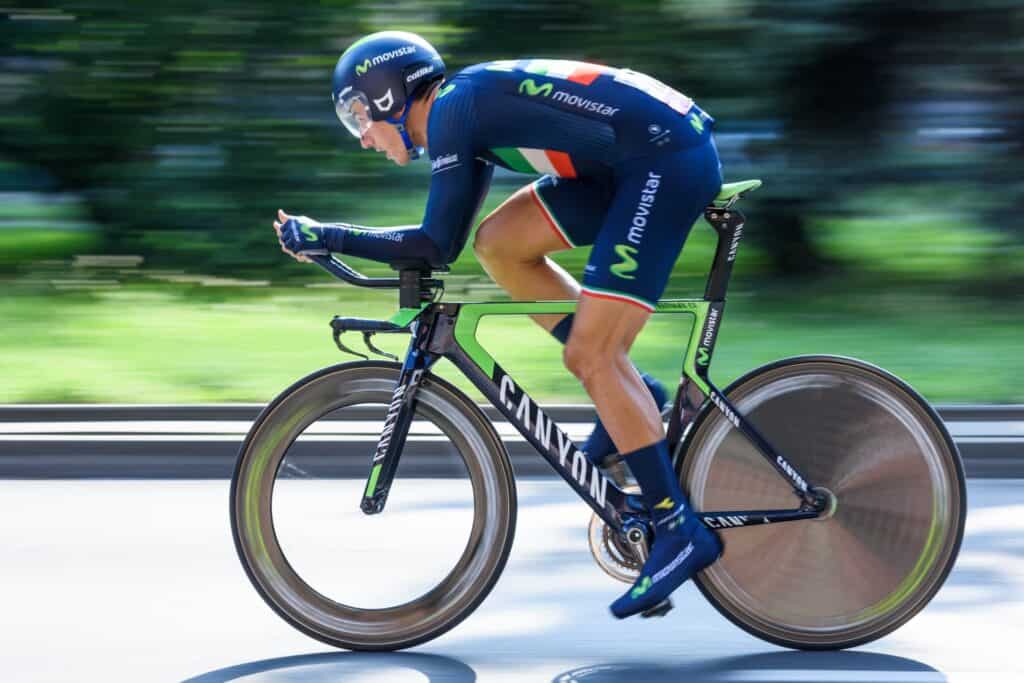
Conversely, the cheapness of big-box store bikes has as much to do with build quality and fine-tuning (or lack thereof) as with parts. They may indeed be functional, but there’s an overwhelming likelihood of bad wheel-building, poor shifting and brake adjustment, vulnerable unsealed bearings, and so forth.
And, obviously, it’s cheaper to entrust all that to random employee in the sporting goods aisle than to a bike shop full of skilled mechanics.
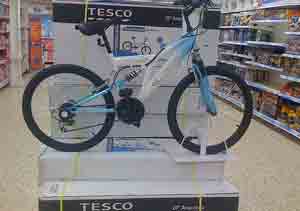
It’s hard to predict whether those things turn into safety concerns, but it’s practically guaranteed that they’ll eventually ruin your commute. Check out this article for a more nuanced look at big-box bikes, and two better alternatives.
So, we need to look in the middle of the range: spending enough to ensure durable components assembled properly, but avoiding racing-oriented novelties or impractical refinements.
Focusing just on city bikes, and leaving sport-oriented ones out of the picture, prices max out closer to $2,500. That would buy a fully-equipped model of top-notch quality: something like a WorkCycles, which is made to carry heavy loads (or passengers!) while being stored outdoors in harsh Dutch winters.
Naturally, electric and/or cargo bikes can run much still, but those are topics for another day.
Fortunately, most people can meet most utilitarian cycling needs with a bicycle in the range of $500-$900. Let’s dig into why and how.
What features should I look for?
Assuming you want to use your bicycle for practical things, then you’ll almost certainly need a few things. It’s possible to do without them, but they simply make life better.
There are several important but non-obvious things to consider, although this article will only cover the essentials.
Don’t skip the fenders
Fenders are obviously important in wet climates, but they also help around puddles and spills in dry ones. They are common, but not universal, on city-oriented bicycles. If you need to add them, then budget around $50, not including labor.
A chainguard also helps
A chainguard is a nice touch to keep your pants cleaner in any conditions, but especially when it’s wet. They’re common on more “classic”-style city bikes, and otherwise run just $10-$40 before labor.
For a pleasant ride, carry in comfort
For most riders, a rack and/or basket is more comfortable and less sweaty than a backpack. Some stock bikes do have them, but they’re more often up to the buyer. There are dozens of options depending on what you’d like to carry, but most are between $30 and $100 before labor.
Keep it bright to keep it safe
Finally, almost every bike leaves lighting up to the rider. In the $1000-plus range, you may start to see built-in dynamo lighting, which gets power from a tiny generator inside the front hub. It’s a great feature if the price isn’t a problem. Otherwise, good clip-on lights for urban use should run at least $50 but rarely more than $100 for a front and rear set.
And what features should you save on?
Racing has strongly influenced bike design in North America, and most shops are enthusiastic about the latest and greatest racing-derived features.
But for utilitarian purposes, it’s hard to tell what “improvements” really matter.
Exotic frame materials don’t make sense
For one, any frame and fork material besides steel or aluminum is not worth the price. (Or, if cheap, it’s probably too poorly made to live up to its claims.)
Reducing weight gets very expensive very quickly, and once your bike is accessorized and loaded with a little cargo, those expensive weight reductions become moot.
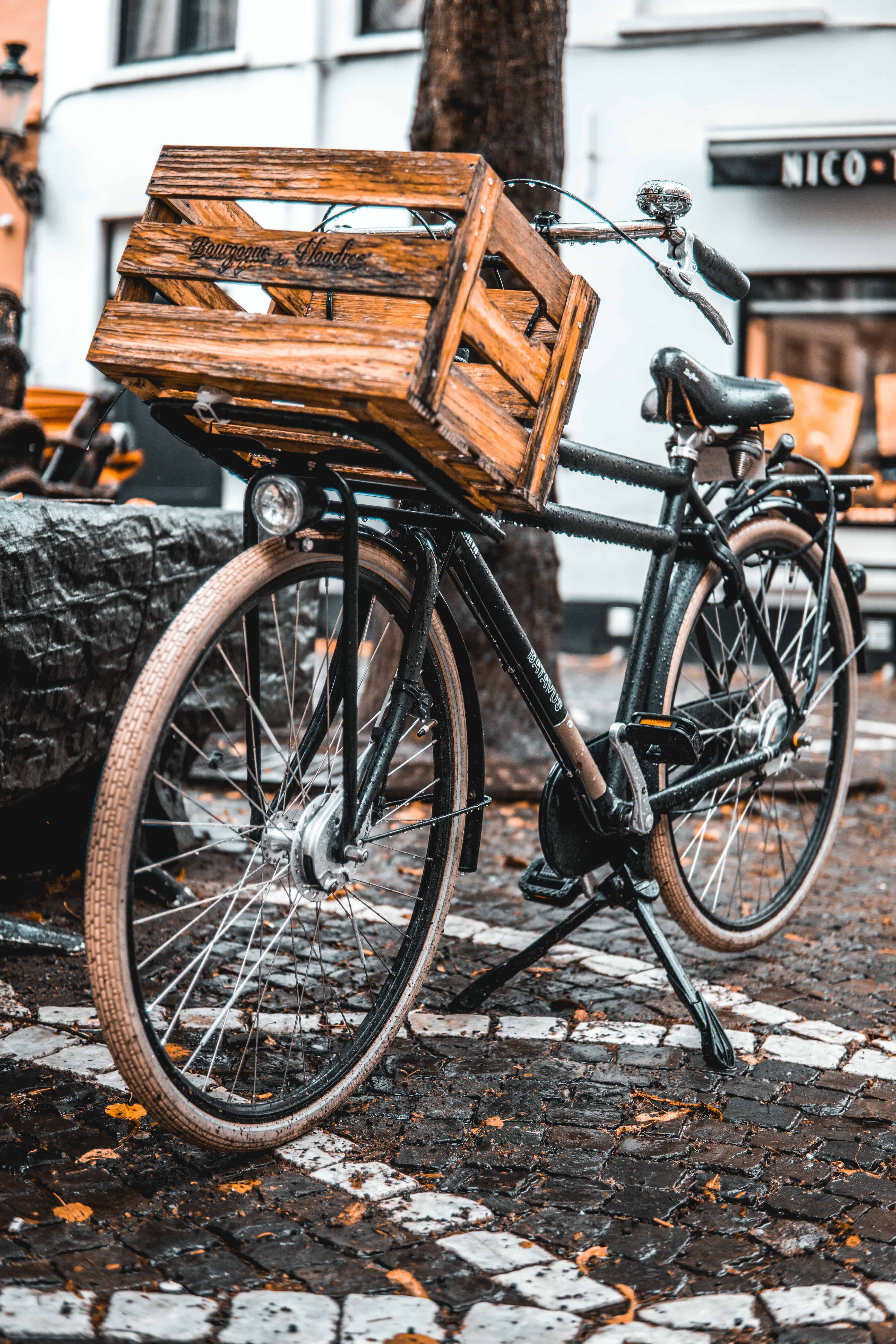
You needn’t “upgrade” from rim brakes
Some will disagree, but most city riders don’t need disc brakes. They’re so common nowadays that you may end up with them anyway, but I wouldn’t make them a deciding factor.
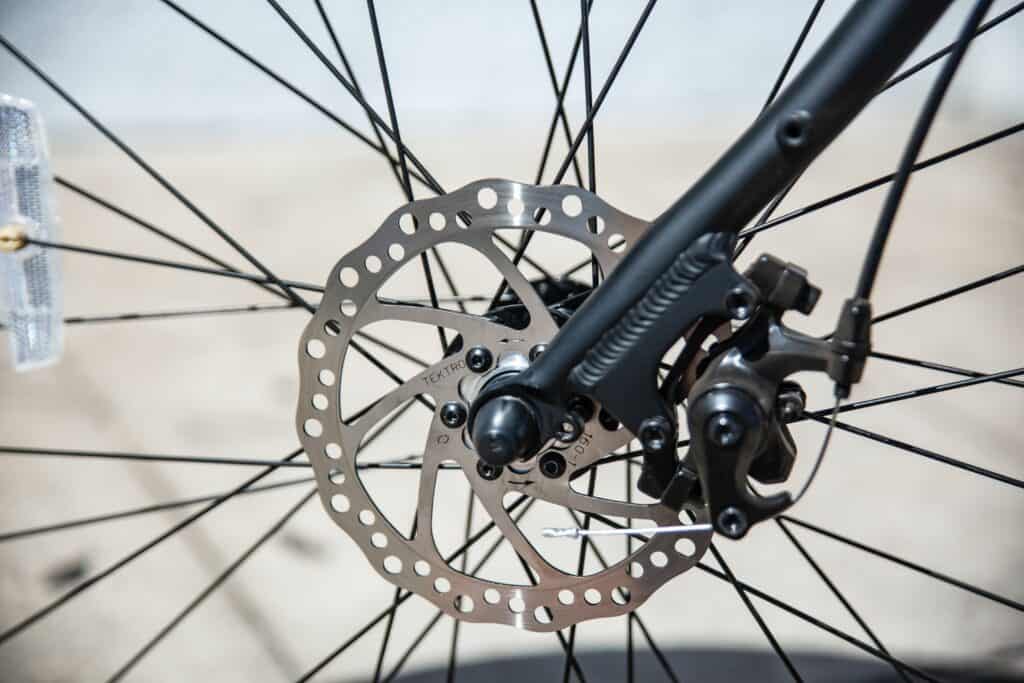
The main exceptions are very heavy riders (cargo included) and/or very wet, grimy roads. (That said, I commute year-round in the drizzly Pacific Northwest with rim brakes, and would not replace my bikes on that basis alone.)
Unless you need to stop a lot of poundage or navigate deep mud and snow, then well-adjusted rim brakes will do the job well for less money.
Think twice about paying for more than 8-9 speeds
Why 8 or 9? There’s nothing magical about those numbers. They’re simply what most inexpensive but reliable rear derailleurs have. If you’re in a very steep area, then it may help to have a front derailleur, which gives some multiple of 8 or 9 (that is, 16/18 if two front gears and 24/27 if three front gears).
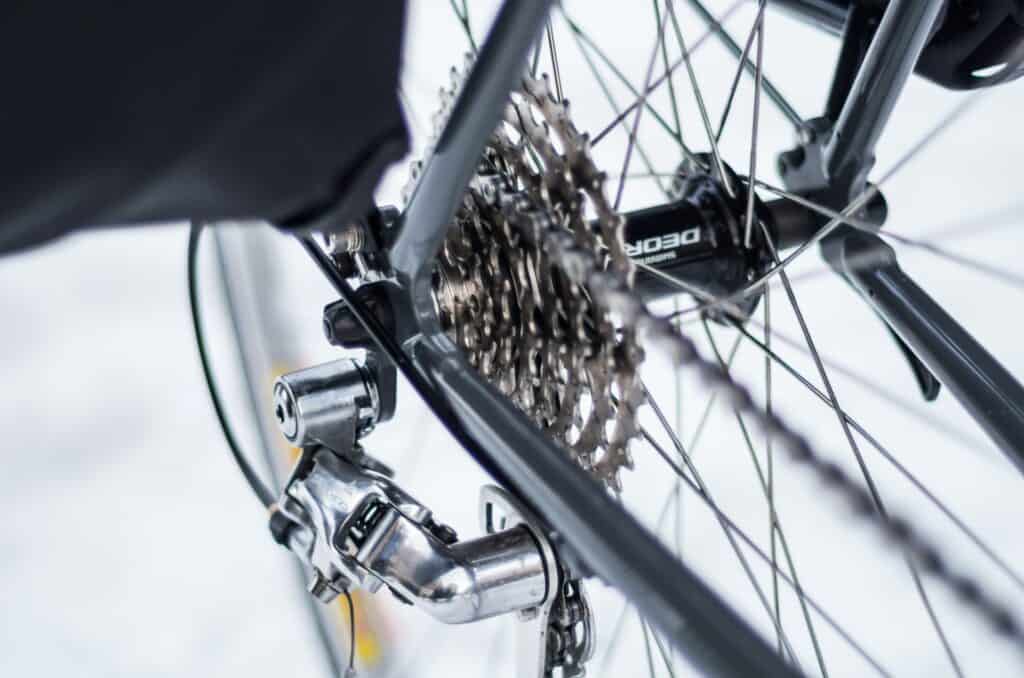
Sometimes 10- and 11-speed rear derailleurs give a wider overall gear range, but usually they just have smaller steps within the same gear range. Either way, those are newer designs and therefore more expensive, without much inherent benefit for urban riders.
(By the way, internally-geared hubs are nice alternative. They have only a few speeds—often just 3 or 8—but spread over an extra-wide range. They’re durable, low-maintenance, and only a tiny bit less mechanically efficient than a derailleurs. They’re still uncommon in the US market, though, and expensive to retrofit.)
What’s the cheapest city bike worth buying?
Peruse the website of any major bicycle brand (in the section called something like “city” or “urban” or “transportation”) and you’ll see a consistent floor of about $500-$600.
These major brands, like Trek or Giant, generally do not include fenders or other necessities on entry-level models.
The bikes themselves are perfectly fine, but you’ll end up spending significantly more than the price tag indicates.
In recent years, smaller brands like Brooklyn Bicycle and Public Bikes started offering city bikes in that same price range.
However, they generally include color-matched fenders and chainguards (plus optional racks/baskets) which makes for a significantly better value. They also tend to build in steel—my preference—and design for more comfortable, upright city riding posture.

They generally sell directly from their websites, but often work with local shops to take delivery and set up the bike.
The obvious catch is that you can’t easily test-ride these bikes, but sizing is usually straightforward.
It is possible to go as low as $300- or so for a single-speed bike from a more obscure brand. Some are reputable and some are highly suspect. A good filter is to stick to brands that will deliver to a local bike shop, as with Brooklyn and Public (among others).
You can always research the brand online, too. These days, that’s often our first choice. Just beware that it’s hard to tell a) whether the review is legitimate, b) whether it was used the same way you would, and c) whether the reviewer has ridden it long and hard enough to run into common issues.
It’s worth clarifying that there are totally legitimate online-only sellers that do not work with shops. BikesDirect.com is probably the best-known example. The catch is that they squeeze margins by minimizing assembly time, so the odds of crunchy-feeling bearings or oddly tensioned spokes is a bit high for my liking. It’s fine, given the price, but budget for a tune-up upon delivery.
What if I can’t afford a new one?
Secondhand bikes abound almost everywhere in the world, and buying one is the obvious answer to a tight budget.
The obvious catch is that it takes both knowledge and luck to find the right type of bike, in good condition, and figure out a reasonable price.
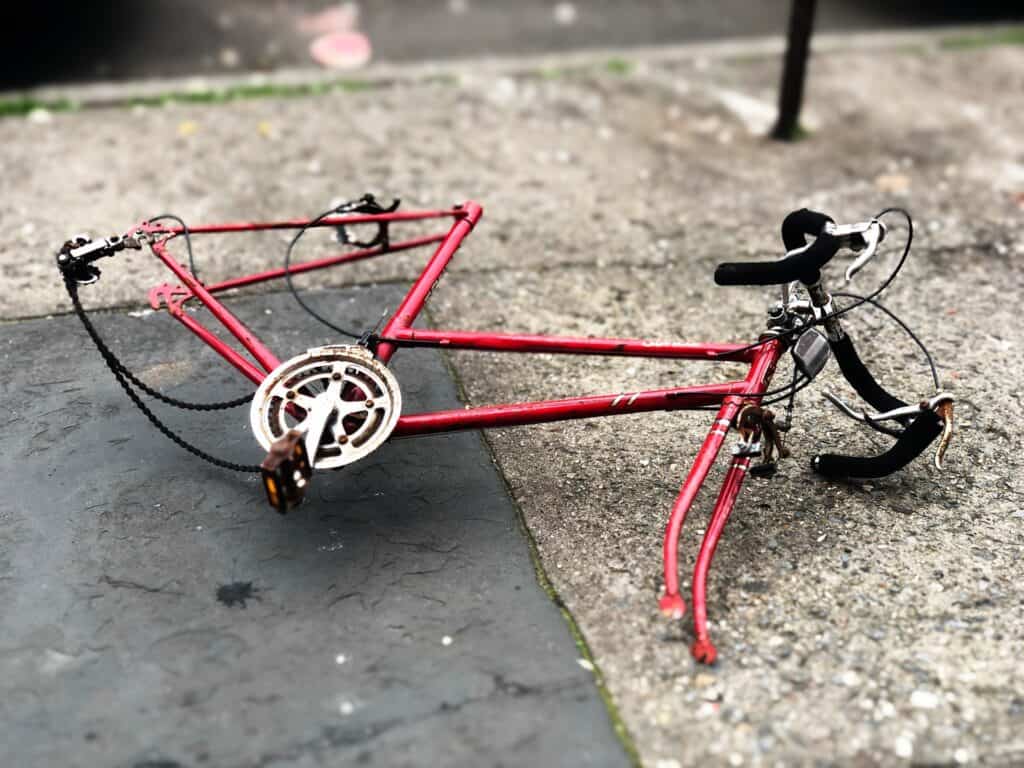
Granted, the stakes are fairly low, but I’d steer new riders away from the secondhand route unless they already know the model(s) and size(s) they need. Of course, it never hurt to enlist the help of a friend who’s experience in the sort of riding that you plan to do.
All told, I usually suggest that new riders buy a new bike. It may sound odd, since you’d quite reasonably like to save money until you know it’s for you. But the exercise of finding and evaluating a used bike can be irritating, so it’s nice (and quick!) to avoid that process.
As we’ve seen, you can get a reliable city/commuter bike for around $500 and up. The exact number depends heavily on components, of course, but also on how many accessories are stock versus aftermarket. The latter add up quickly, especially if a shop would need to install them for you.
On the bright side, all of these practical accessories are widely available, and any shop can install them. This means you might even be able to make that old comfort bike in the garage do the trick for commuting. That’s a great way to start out unless or until you know exactly what you’re looking for in an upgrade.
